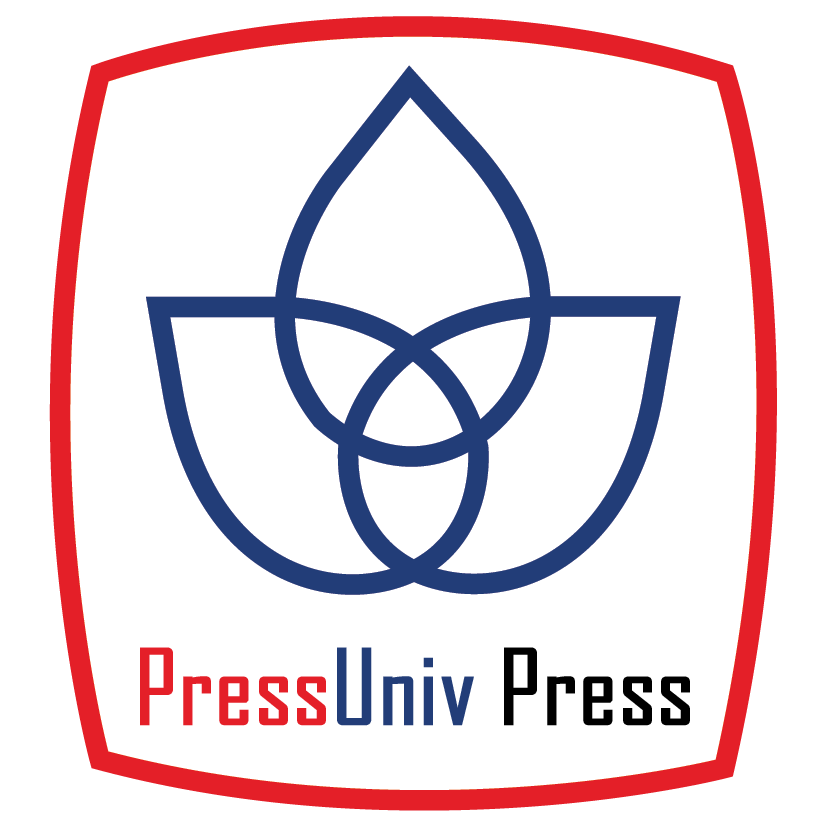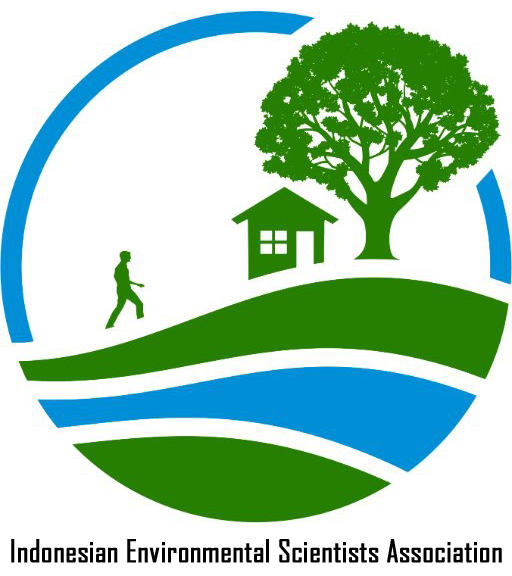STUDI POTENSI PENYISIHAN NITROGEN PADA EFLUEN IPAL DOMESTIK DENGAN PENGGUNAAN CONSTRUCTED WETLAND (Studi Kasus : IPAL Bojongsoang, Bandung)
Abstract
The purpose of this research was measuring the treatment efficiency, determining the optimum operating conditions, determining the criteria for water reuse. This research is conducted in the laboratory using a constructed wetland with type of plant is Typha latifolia. Variations are made in this study are detention time (1day, 3days and 5 days) and type of reactors (constructed wetland & aerated constructed weland). Each reactor is given wastewater feed derived from effluent of WWTP Bojongsoang. The research was a sequenced of previuos reserach ( Panelin 2016). Parameters examined in this study are COD, NTK, Nitrate, Nitrite, Ammonium, pH, and temperature. Measurement of COD, pH, and temperature are conducted every day, while NTK NTK, Nitrate, Nitrite,and Ammonium are done after the reactor reaching steady state conditions. Based on the measurements, the best pollutant elimination occurs on detention time of 5 days. The Nitrite pollutant removal efficiency is 96.7%. Ammonium pollutant removal efficiency is 89.1%. NTK pollutant removal efficiency is 86.2% . Constructed wetland reactor with additional aeration can remove nitrogen parameters better than the reactor without additional aeration.
Keywords
Full Text:
PDFReferences
Gersberg, R.M., B.V. Elkins, dan C.R. Goldman. (1983). Nitrogen Removal in Artificial Wetlands. Control Board, Sacramento,USA : Water Res. 17:1009-1014, Progress Report. Project No. C-06-2270, State Water Resources.
Haberl, R. 1998. Wetland Systems for Water Pollution Control: Constructed Wetland, A Change to Solve Wastewater Problems in Developing Countries. Pergamon: Oxford.
Justin, Maja Zupancˇicˇ, Danijel Vrhovsˇek, Arnold Stuhlbacher, Tjasˇa Griessler Bulc. 2009. Treatment of wastewater in Hybrid Constructed Wetland from the Production of Vinegar and Packaging of Detergents. Desalination 24 :100–109.
Kantawanichkul, S. Somprasert, U. Aekasin and R.B.E. Shutes. (2003). Treatment of agricultural wastewater in two experimental combined constructed wetland systems in a tropical climate. Water Sci. Technol., 48(5) 199–205.
Korkusuz, E. Asuman, Meryem Bekloglu, dan G¨oksel N. Demirer. 2004. Treatment Eficiencies of the Vertical Flow Pilot-Scale Constructed Wetlands for Domestic Wastewater Treatment. Turkish J. Eng. Env. Sci. 28 : 333-344.
Panelin, Y.2016. Studi Potensi Penyisihan Organik pada Effluen IPAL Domestik dengan Penggunaan Constructed Wetland. Journal of Environmental Engineering nad Waste Management Vo. 1. No 1 : 25-34
Sonie, Rakhmi.(2007). Pengolahan Efluen ABR (Anaerobic Buffled Reactor) Dengan Rekayasa Aliran Pada Constructed Wetland. Tugas Akhir S1, Prodi Teknik Lingkungan, ITB, Bandung.
Stefanakis, A.I., dan V.A. Tsihrintzis. (2009). Performance Of Pilot-Scale Vertical Flow Constructed Wetlands Treating Simulated Municipal Wastewater: Effect Of Various Design Parameters. Desalination 248: 753–770.
Tchobanoglous, G., & Burton, F.L. 2003. Wastewater engineering, treatment, disposal, and reuse, 4th edition. New York: Metcalf & Eddy Inc./McGraw-Hill.
Tunc¸siper, B. (2009). Nitrogen removal in a combined vertical and horizontal subsurface-flow constructed wetland system. Desalination 247 : 466–475.
Vymazal, Jan. (2009). Removal of Organics in Constructed Wetlands With Horizontal Sub-Surface Flow: A Review of The field Experience. Science of The Total Environment 407: 3911-3922.
Wojciechowska,Ewa.,Gajewska,Magdalena.,Obarska-Pempkowiak, Hanna. (2010). Treatment of Landfill Leachate by Constructed Wetlands: Three Case Studies. Polish J. of Environ. Stud Vol. 19, No. 3: 643-650.
DOI: http://dx.doi.org/10.33021/jenv.v2i1.166
Copyright (c) 2017 Yandes Panelin

This work is licensed under a Creative Commons Attribution-ShareAlike 4.0 International License.
Journal of Environmental Engineering and Waste Management Published by PresUniv Press, in collaboration with IESA and APIK Indonesia Network




